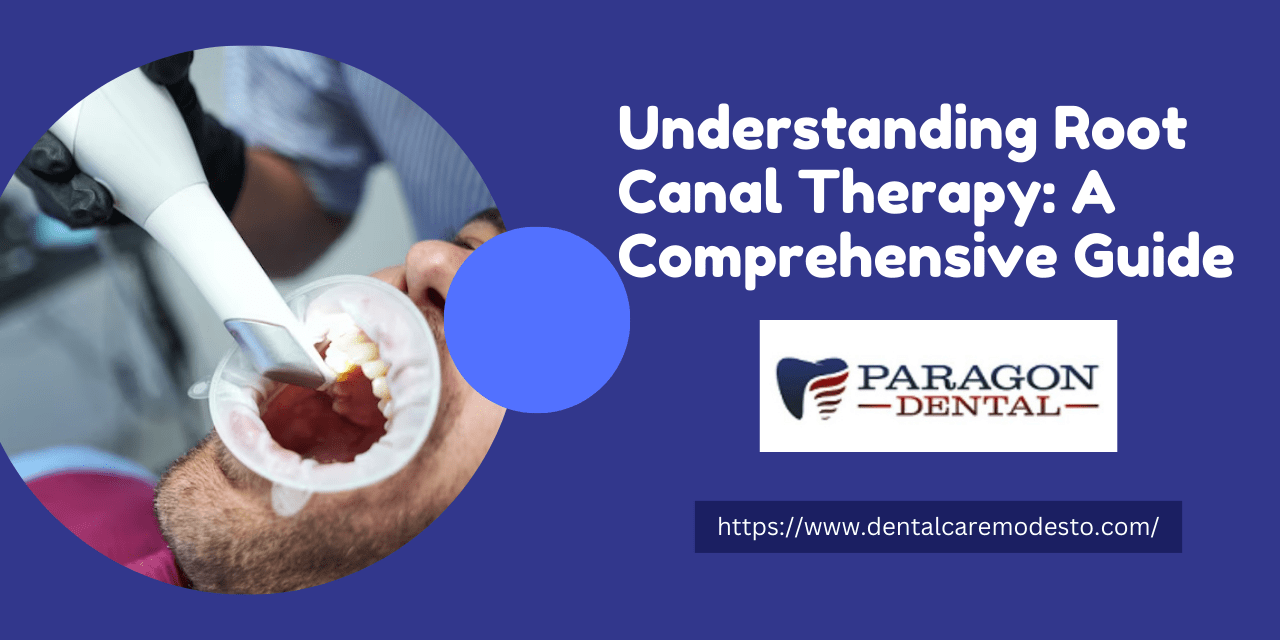Apical Resection Or Endodontic Treatment?
Dental caries is the most well-known neurotic condition that happens in people and is, through its entanglements, the most widely recognized reason for tooth misfortune.
More often than not, untreated tooth rot prompts the presence of mash contaminations (known as pulpitis) which are brought about by the microbes and microorganisms in the carious cycle that enter the polish and dentin arriving at the dental mash.
Untreated pulpal diseases advance further towards the tissue situated under the tooth (called apical periodontium), creating intense or constant aggravation of it, conditions called apical periodontitis.
Apical periodontitis can develop intensely, appearing as a dental sore, when an assortment of discharge structures at the tip of the tooth root. More often than not, in any case, apical periodontitis advances asymptomatically (without torment), prompting the presence of apical corneal sores, which foster over the long haul around the tip of the roots (for instance, dental blister or dental granuloma).
The accompanying will endeavor to frame the accessible treatments for apical periodontitis, otherwise called “dental contaminations” in mainstream society..
What symptoms and signs of apical illnesses exist?
We have seen that apical diseases (or apical periodontitis) show up because of the advancement of untreated tooth rot. Ordinarily, apical contaminations (particularly in the event that they develop persistently) cause no sort of aggravation and must be found after a routine radiological assessment.
Dental Ulcer Can Be Misdiagnosed As Apical Periodontitis
The circumstance is considerably more muddled assuming the disease creates under fillings or existing dental works that obviously have no sort of deformities. In such circumstances, patients are not made aware of the advancement of the condition until it has advanced extensively.
On the off chance that apical periodontitis develops intensely, they can appear as a dental sore. The side effects of a dental ulcer can shift from less than overwhelming agony to outrageous torment, and the region where the sore happens is delicate to the touch and, typically, enlarged.
Dissimilar to the intense structures, persistent apical periodontitis advances substantially more leisurely however, over the long run, will cause contamination and moderate resorption of the bone that upholds the tooth, which in the terminal stages will bring about the deficiency of the tooth.
When the apical diseases will create obliteration at the level of the alveolar bone (which upholds the tooth), they will likewise become noticeable on a dental x-beam.
What Are The Treatment Prospects?
The principal objective of the treatment is the expulsion of the disease from the level of the dental mash and the apical periodontium and the resulting security of these areas from other microbial assaults.
Clearly, in the event that the apical disease appears as a dental sore, the primary phase of the treatment will mean to wipe out agony and uneasiness and forestall complexities in the adjoining tissues.
In this sense, it is prescribed to deplete the gathered discharge either through a little entry point at the level of the enlarged gum or through within the root channel. If important, anti-microbials or potentially hostile to inflammatories will be endorsed. When the intense side effects have vanished, therapy of the apical contamination will be endeavored to save the tooth.
No matter what the type of the apical disease (intense or ongoing), hypothetically there are a few therapy prospects.
a) Endodontic treatment
Endodontic treatment or root trench treatment (famously called “nerve expulsion”) is a grouping of helpful methods that has the eventual outcome of killing the disease from the level of the dental mash and the apical periodontium (situated under the tooth) and shielding the cleaned regions from different hostilities microorganisms.
A right endodontic treatment happens during a few phases:
– Expulsion of dental mash both from the mash chamber and from the root waterways
-Cleaning, sterilization and planning of the mash chamber and root channels with explicit endodontic needles and water system arrangements
– Position of a particular medicine as arrangements or glues on the root channels for quite some time. This stage is even more significant the more serious the contamination
– The last phase of any endodontic treatment is the trench obturation. This method includes fixing the root channels with explicit filling materials
– Endodontic treatment is easy; not being a careful mediation, it is greatly improved endured by patients contrasted with apical resection.
– Endodontic therapy can be utilized both on account of mash contaminations (platforms) and assuming the disease has infiltrated the tissue situated under the tooth (intense or persistent apical periodontitis).
– An endodontic treatment can endure from one to a few meetings (which can reach out more than a little while) contingent upon the seriousness of the disease.
b) Apical resection
Apical resection (or apectomy) is a careful mediation that expects to eliminate the tip of the root alongside the encompassing tainted tissue.
Apical resection is a normal mediation for any maxillofacial specialist. More confounded are the resections at the molar level since they have more roots and admittance to this level is more troublesome.
Normally, resections are performed under neighborhood sedation and just in excellent cases is general sedation utilized.
The specialist will make an entry point close to the tip of the base of the tooth that should be worked on.
– Cautiously uncover the tip of the root along with the encompassing contaminated tissue.
– A little part of the tip of the root is separated; the piece that is segmented relies upon the level of contamination.
-With the assistance of bone curettes, everything the tainted tissue is taken out until sound bone is reached (harder to the touch)
– The root trench is shut with concrete and gutta-percha cones up to the level where the root was segmented
-At long last, it is stitched with non-absorbable strings; they should be eliminated following 7-10 days
Subsequently, after the apical resection, the length of the foundation of the tooth will diminish and thusly its strength will endure.
Endodontic Treatment Or Apical Resection?
Beforehand, dental specialists demonstrated apical resections in practically all instances of apical contaminations. Today, because of the advancement of endodontics, apical resections are just demonstrated in a set number of circumstances.
Most experts accept that most of constant apical injuries will vanish following an accurately led endodontic treatment without the requirement for any sort of careful intercession.
Endodontic treatment additionally enjoys the benefit that it doesn’t influence the length of the root and certainly the soundness of the tooth; it is likewise much better endured by patients.
Today, apical resection is demonstrated provided that the endodontic treatment has fizzled or is considered to get no opportunity of progress (for instance, on account of goliath dental pimples). LSimilarly, considering that the length of the root will be reduced after the resection, the security and level of implantation of the tooth prior to the activity should be generally excellent.
The thing to do after the treatment?
Whether or not endodontic treatment or apical resection was utilized, after the culmination of the treatment the tooth really must be reestablished with either a filling or a dental crown.
What other treatment choices are there?
On the off chance that the tooth is very obliterated or its dependability is unsafe in light of the fact that a lot of the bone that upholds it has been lost, the tooth will be separated trailed by the curettage of the tainted tissue. Dental Clinic, we take care of your awesome smile.










